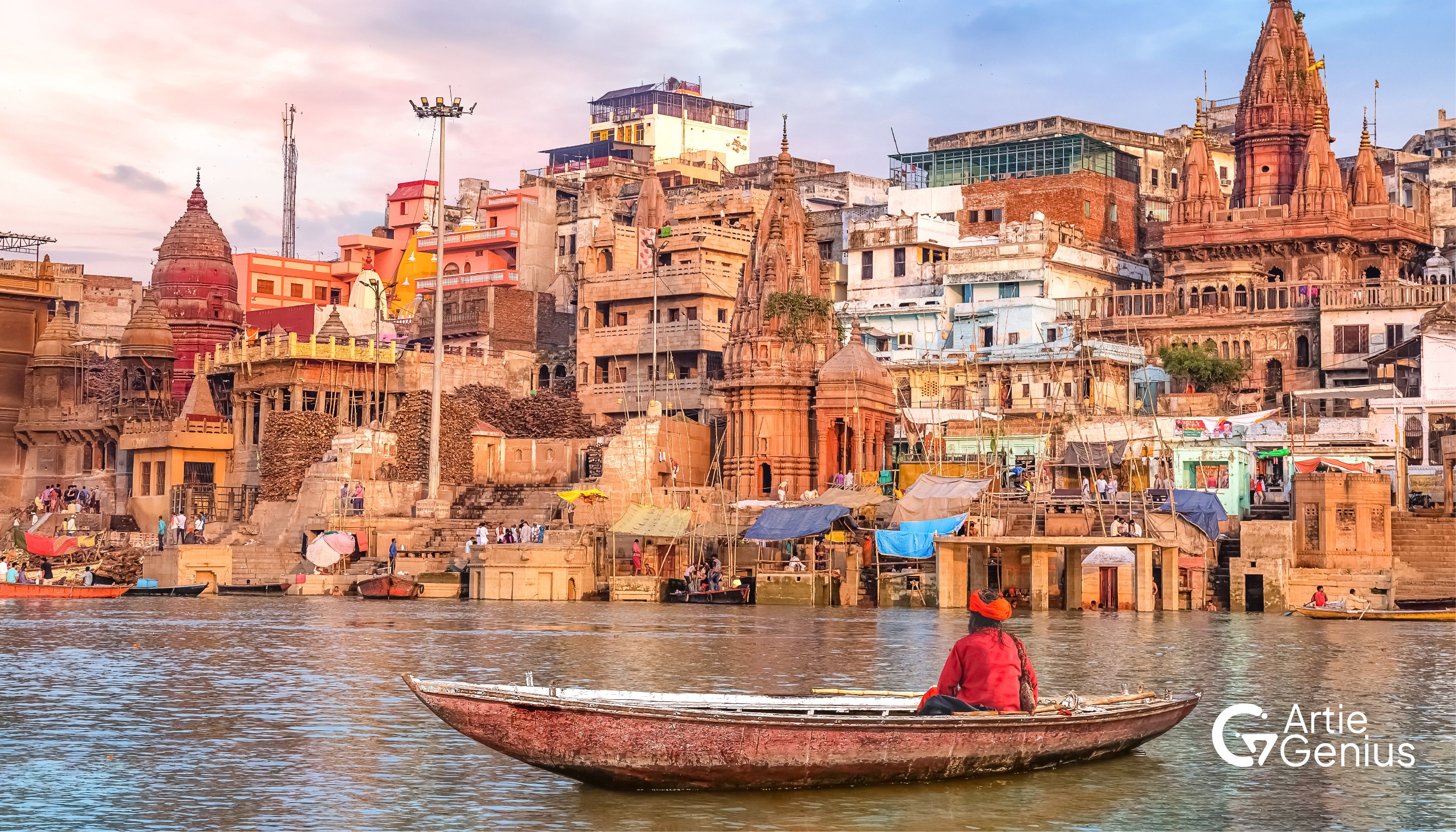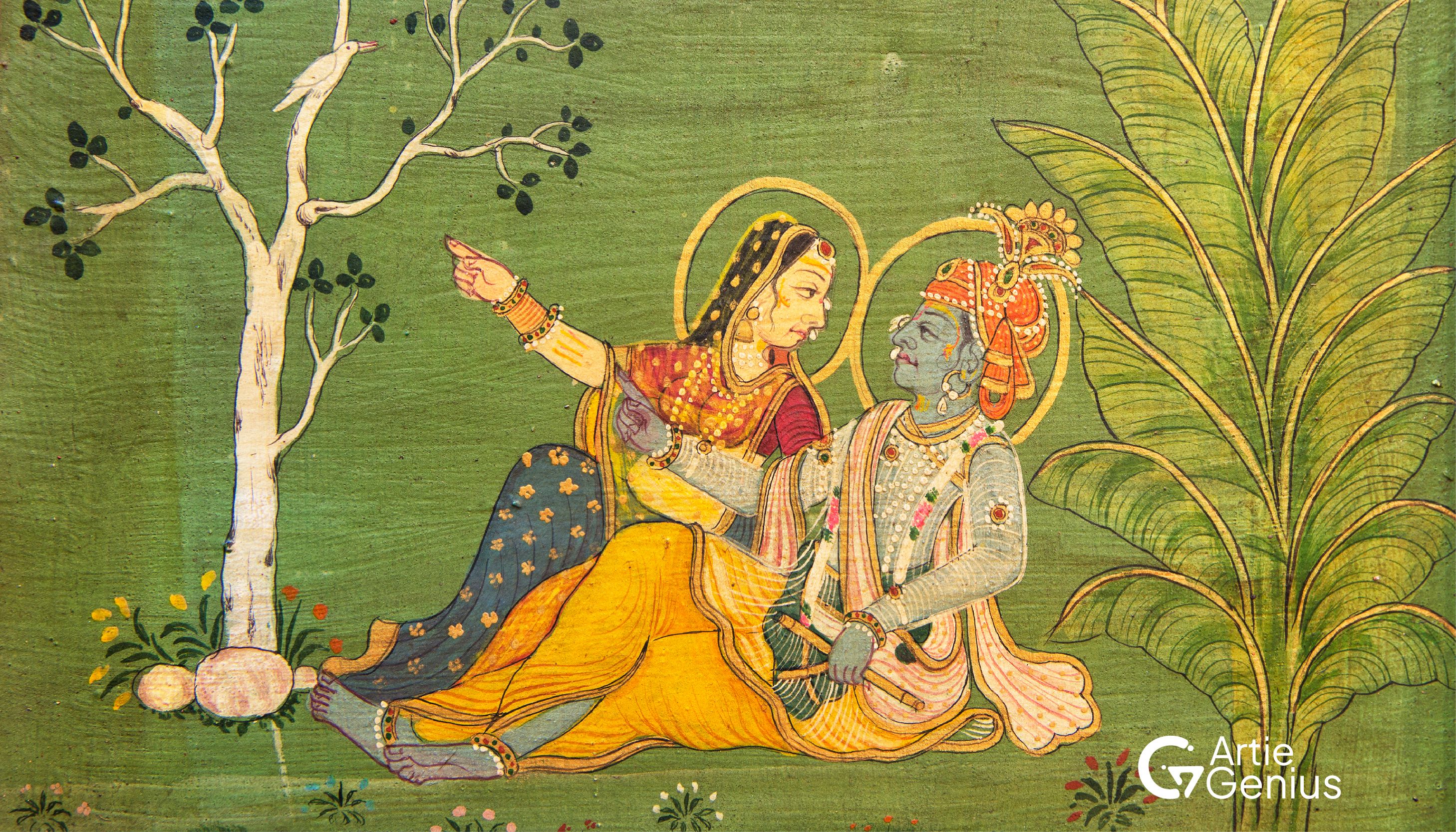Indian Parallel Cinema, often referred to as the New Wave or Art Cinema, emerged as a distinct movement in Indian filmmaking during the late 1940s and 1950s. Unlike mainstream Bollywood, which is characterized by its song-and-dance routines, melodrama, and formulaic narratives, Parallel Cinema aims to portray realistic stories with a focus on social and political issues. It draws heavily on the traditions of Italian Neorealism, French New Wave, and Japanese Cinema.
Historical Context
The origins of Indian Parallel Cinema can be traced back to the works of pioneering filmmakers like Satyajit Ray, Ritwik Ghatak, and Mrinal Sen. Satyajit Ray's "Pather Panchali" (1955) is often credited with setting the tone for this movement. The film's emphasis on realism, its nuanced portrayal of rural Bengal, and its departure from the escapist fare of Bollywood, marked a significant shift in Indian cinema.
Aesthetics of Indian Parallel Cinema
Realism
At the heart of Parallel Cinema is a commitment to realism. This is reflected in various aspects:
Narrative Style: The narratives are often straightforward and slow-paced, allowing the audience to engage deeply with the characters and their environments.
Character Development: Characters are complex and multi-dimensional, often grappling with socio-economic issues, personal dilemmas, and moral conflicts.
Setting: Films are frequently shot on location, capturing the authentic atmosphere of rural villages, urban slums, or middle-class households.
Visual Style
Parallel Cinema employs a distinctive visual style that enhances its realistic portrayal:
Natural Lighting: Filmmakers often use natural light to achieve a more organic and less polished look.
Minimalistic Art Direction: Sets and costumes are kept simple and true to the setting of the story.
*Cinematography: There is an emphasis on long takes, handheld camera work, and static shots, which contribute to the immersive experience.
Themes
The themes explored in Parallel Cinema are typically more serious and socially relevant compared to mainstream films:
Social Inequality: Many films address issues of poverty, caste discrimination, and gender inequality.
Political Issues: Films often critique governmental policies and societal structures.
Human Relationships: The complexities of human emotions and relationships are a central focus.
Key Films and Directors
Satyajit Ray
Pather Panchali (1955): A poignant depiction of a poor family's struggle in rural Bengal.
Charulata (1964): A sensitive portrayal of a lonely housewife and her emotional journey.
Ritwik Ghatak
Meghe Dhaka Tara (1960): A powerful narrative about the partition of Bengal and its impact on a refugee family.
Subarnarekha (1962): Addresses the issues of displacement and survival post-Partition.
Mrinal Sen
Bhuvan Shome (1969): A satire on the Indian bureaucracy, marking the arrival of the New Wave.
Ek Din Achanak (1989): Explores the mystery and turmoil following a man's sudden disappearance.
Shyam Benegal
Ankur (1974): Highlights the class struggle in rural India.
Nishant (1975): A grim tale of feudal oppression and the fight for justice.
Appreciation of Indian Parallel Cinema
Critical Acclaim
Parallel Cinema has garnered significant critical acclaim both nationally and internationally. It has been recognized at major film festivals like Cannes, Berlin, and Venice, helping to elevate Indian cinema on the global stage.
Influence
The movement has influenced a generation of filmmakers who continue to draw inspiration from its aesthetics and thematic concerns. Directors like Mani Kaul, Kumar Shahani, and more recently, Anurag Kashyap and Dibakar Banerjee, owe a debt to the legacy of Parallel Cinema.
Cultural Impact
Parallel Cinema has played a crucial role in shaping the discourse on social and political issues in India. It has provided a platform for marginalized voices and brought attention to the struggles of everyday life.
Conclusion
Indian Parallel Cinema remains a vital and influential part of the country's cinematic landscape. Its commitment to realism, its exploration of pertinent social issues, and its unique aesthetic continue to inspire filmmakers and captivate audiences. As we look towards the future, the legacy of Parallel Cinema will undoubtedly endure, reminding us of the power of film to reflect and shape society.



